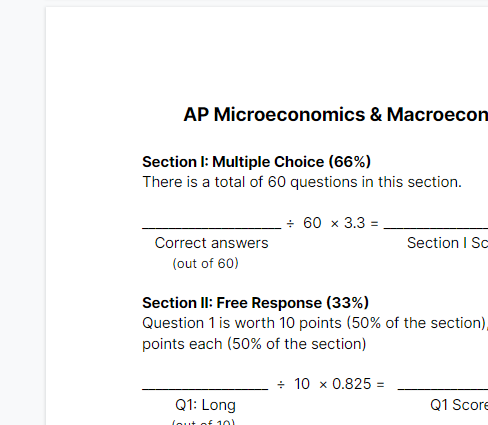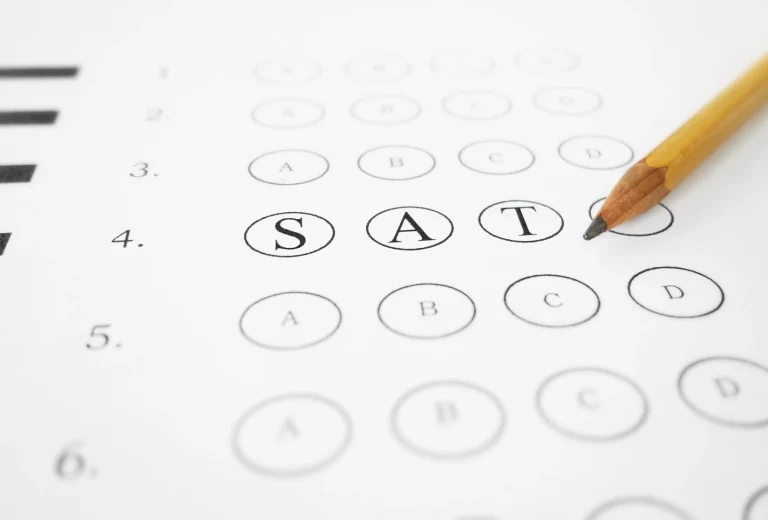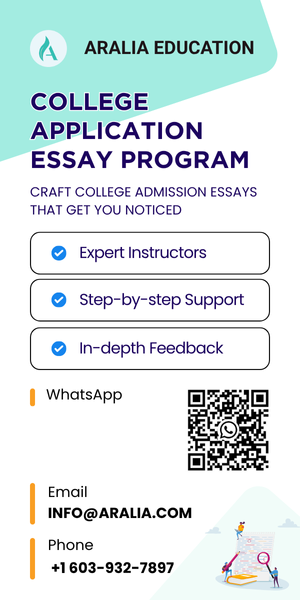What will be covered in the article?
The year is coming to an end, and AP exams, specifically AP Physics 1 next spring are approaching. For students who plan to take the AP exam next year, this is the perfect time to prepare for the AP exam. Below, we provide the 5 ultimate resources that you should save when learning AP Physics 1.
- Update from College Board: “Colleges agree that Units 8-10 can be removed from AP Physics 1 since they are covered in AP Physics 2; accordingly, Units 8-10 are no longer tested in AP Physics 1. As of 2021, AP Physics 1 Exams focus exclusively on the content covered in Units 1-7.”
Before accessing the resources, it’s helpful to emphasize topics that will be covered during the AP Physics 1 exam:
Unit | Topic | Exam Weighting (Multiple-Choice Section) |
Unit 1: Kinematics |
| 12 – 18% |
Unit 2: Dynamics |
| 16 – 20% |
Unit 3: Circular Motion and Gravitation |
| 6 – 8% |
Unit 4: Energy |
| 20 – 28% |
Unit 5: Momentum |
| 12 – 18% |
Unit 6: Simple Harmonic Motion |
| 4 – 6% |
Unit 7: Torque and Rotational Motion |
| 12 – 18% |
Unit 8: Electric Charge and Electric Force |
| 4 – 6% |
Unit 9: DC Circuits |
| 6 – 8% |
Unit 10: Mechanical Waves and Sound |
| 12 – 16% |
Source: AP College Board
Units 8-10 are no longer tested in AP Physics 1.
Resource 1: Back to basics – AP Central from the College Broad
The first resource for AP Physics 1 we recommend is the good old AP Central from the College Board. These online platforms offer a wealth of study materials, including AP Physics 1 multiple-choice questions, practice tests, and problems, all designed to help you prepare for the exam. AP Central is especially useful for accessing past exams, which can give you an idea of the format and types of questions that you can expect to see on the test. AP Daily offers videos and other resources that cover key concepts and topics, providing additional support for your studies. By utilizing these resources, you can build your knowledge and confidence in AP Physics 1, and be well-prepared for the exam.
Even if you don’t have access to AP Daily, the College Board provides free resources to support all students in their learning processes. On this website, you will find information under Curriculum Modules regarding Rotational Motion, Conservation Concepts, and special focus materials that you should pay close attention to and gain an understanding of.
Resource 2: Online Instruction Videos
Suppose you’re less of a reading/writing learner and more of a visual and auditory learner; in that case, these resources from different organizations will help you understand information and process challenging concepts faster. APlusPhysics.com is a blog designed to give students the physics resources they need to succeed. Using APlusPhysics.com, students can practice problem-solving and understand real-world applications.
Another website that provides a more “classroom” setting is Bozeman Physics by Paul Andersen. Mr. Andersen is an experienced educator who has taught science for 20 years. On Bozeman Physics, he releases short-form videos around 8-10 minutes long that explain different physics concepts covered in the AP Physics 1 Exam.
Flipping Physics YouTube Channel is created by Jonathan Thomas-Palmer, a Mechanical Engineering Graduate from the University of Michigan in 1997. He also provides instructional videos for students explaining physics concepts and everything related to AP Physics. His videos are engaging and entertaining to watch, while making sure the core content is delivered.
Hewitt Drew It, created by Paul Hewitt, a physics educator, and a writer, is the last resource in this section that we want to share with you. He delivers physics concepts through illustrated and doodling videos.
Resource 3: Online Simulation/Laboratory experiments
As stated by College Board, “Laboratory experience must be part of the education of AP Physics students and should be included in all AP Physics courses. Colleges may require students to present their laboratory materials from AP science courses before granting college credit for laboratory, so students are encouraged to retain their laboratory notebooks, reports, and other materials.”
However, with the current situation where many high school classes have moved online, doing laboratory experiments or simulations can be challenging. A great alternative to fully understand and practice physics concepts is through completing online simulation/laboratory experiments.
PhET is an excellent website for students to observe and do stimulations. PhET is an open simulations provider that has free, interactive, and research-based physic simulations for students.
OPhysics is a website created by Tom Walsh, a high school physics teacher with 27 years of experience. OPhysics is a collection of interactive physics simulations.
The Physics Aviary and Boston University Simulations are another excellent resource for students.
Resource 4: Practice questions
There are numerous online resources about AP Physics 1 Exam Questions. College Board provides the free-response questions from 2015 to 2018, and full practice exams along with scoring guidelines and sample responses from exam takers. You should do practice questions from 2018 and work your way backward The College Board also provides 2020 Exam Sample Questions for students for additional practice.
APPracticeExams.com is a free website with free test prep resources for test-takers, so you don’t have to spend hours on the internet looking for practice exams.
AP Physics 1 Practice Workbook The book comprises all problems published by College Board AP Physics B and C. The book is written by Catherine Zeng, an Electrical Engineering & Computer Science graduate from MIT.
Besides all resources we’ve mentioned above, if you prefer learning in a study group, under a teacher’s instruction and guidance, consider registering for the AP Physics Preparatory Program by Aralia. Taught by an experienced AP Physics teacher, this interactive course is focused on strong conceptual development in the most challenging areas of the AP Physics 1 curriculum. The online sessions will cover the salient points in the most traditionally arduous areas of the College Board’s curriculum, beginning with kinematics, dynamics, circular motion and gravitation, work and energy, impulse and momentum, rotational mechanics, and finally oscillations and harmonic oscillators.
Seats are limited. If you’re interested in taking the course, please sign up below, and our consultants will reach out to you in 1-2 business days.

FREE AP Scoring Worksheet
With the scoring worksheet, you will be able to calculate your target score in preparation for the upcoming exam in May. We also have a full scoring worksheet available below if you want to print it out and keep it in your folder.









